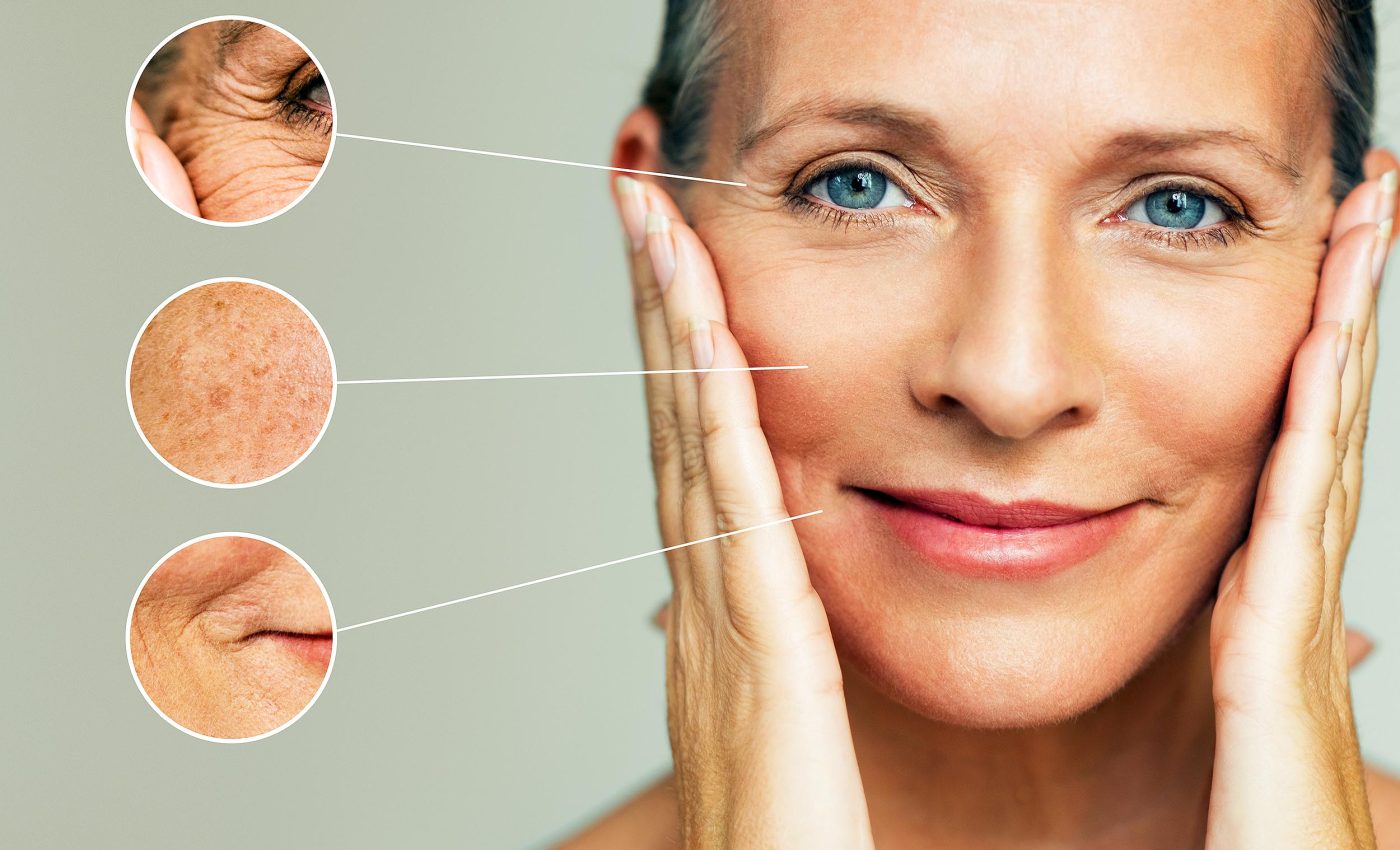
Molecules found in young human blood shown to reverse signs of aging on skin
For centuries, people have been searching for ways to reverse the effects of aging. A new study has now revealed that factors present in young human blood can rejuvenate aged skin.
As we age, the cells and tissues lose their ability to function properly, making us more susceptible to disease and, ultimately, death.
Scientists have been working to understand what drives aging and how to maintain health in old age. They suggest that the secret to youth may not lie in anti-aging products, but rather in our blood.
Young blood and skin aging
Skin, our largest organ, shows the earliest and most obvious signs of advancing age. This makes it an ideal tissue for studying the mechanisms and effects of aging.
To date, only a handful of approaches have shown promise in reversing the signs of aging. One such approach is a unique method known as heterochronic parabiosis.
In this approach, the researchers connected the blood circulation systems of two animals of different ages.
When the bloodstream of an old mouse was connected to that of a younger one, the tissue function and cellular activity of the old mouse improved.
In another experiment, scientists intravenously injected exosomes, which are small extracellular vesicles, from the blood plasma of piglets into old rats. Surprisingly, the rats’ hearts, livers, and blood showed significantly fewer signs of aging.
Can human aging be reversed?
When we age, our DNA undergoes epigenetic changes, which are considered a key hallmark of aging. These reversible changes can now be tracked using DNA methylation-based clocks, also known as epigenetic age clocks.
These are biological markers that estimate age based on specific DNA-methylation patterns. Since these models are trained on DNA from individuals of all ages and tissue types, they can predict biological age from unknown samples.
In a recent clinical trial, older adult participants received an intramuscular injection of umbilical cord plasma concentrate.
Blood samples taken afterwards revealed a drop in biological age, suggesting that age reversal might also be possible in humans.
But what about the skin? Scientists still need to determine whether these rejuvenating effects extend to other organs, particularly the skin.
Moreover, the exact mechanisms behind these age-defying effects remain poorly understood. This is where MPS (microphysiological systems) comes into play.
Simulating aging skin in the lab
Scientists developed organ-on-a-chip platforms, or MPS, to study human biological processes. These are advanced models, created in the lab, that simulate human organs.
They consist of organoids made of multiple cell types, integrated with a fluid-flowing system that mimics blood circulation.
The first engineered MPS recreated parabiosis in the muscle of mice and rats tissue. However, translating these experiments to human cells has proven more challenging.
In the new study, scientists used MPS to model how juvenile blood affects aging human skin. Importantly, they also incorporated a bone marrow (BM) organoid, a model of the soft tissue found inside bones.
Bone marrow harbors a mix of stem cells, including hematopoietic stem cells (HSCs), mesenchymal stem cells (MSCs), and others destined for a variety of roles.
HSCs are the body’s blood factories, producing blood cells throughout life. These cells respond to signals in the blood by secreting different molecules, such as cytokines, growth factors, and chemokines.
These signaling molecules play critical roles in making new blood cells, fighting infections, and healing damaged tissues.
HSCs and all other BM-derived immune cells do not just stay put. They travel to both wounded and non-wounded skin, supporting regeneration and repair.
Young blood revives bone marrow
Over time, our bone marrow loses efficiency and regenerative capacity. The self-renewal capacity of HSCs declines, immune response weakens, inflammation builds up, and epigenetic changes accumulate.
To test this, scientists created a BM model within the MPS and paired it with a full-thickness skin model. They then introduced it to the serum from young and old human donors.
The results were remarkable. Young serum reprogrammed the marrow cells and restored youthful appearance and function to the skin.
Cytokines and immune cells in the blood are likely involved in mediating these effects. Skin rejuvenation is not just a local event, but is influenced by signals from other organs.
As bone marrow ages, it releases inflammatory cytokines, weakening the immune response and disrupting repair.
This finding underscores the importance of bone marrow-skin communication and demonstrates the value of MPS platforms in studying systemic rejuvenation in human models.
Bone marrow and skin work together
But here is the twist. These effects were only observed when both the skin and BM organoids were connected in the same system.
The finding suggests that the bone marrow does not act alone. It secretes rejuvenating factors in response to blood signals, helping reverse the signs of skin aging.
Specifically, the scientists identified 55 age-associated proteins produced by the BM model when exposed to young blood. Several of these proteins directly improved aging skin in laboratory tests.
Toward targeted age-reversal therapies
This study is the first proof that young blood can restore youthful skin in a lab-grown system. The effects depend on the communication between the skin cells and the bone marrow.
Seven of the identified proteins stand out as possible key players to reverse aging.. These findings could open the door to targeted therapies to reverse aging in skin.
But more importantly, they reveal that our skin’s age is not just written in its cells. It is shaped by signals from our blood and, even more, from the bone marrow that creates it.
The full study was published in the journal Aging-US.
—–
Like what you read? Subscribe to our newsletter for engaging articles, exclusive content, and the latest updates.
Check us out on EarthSnap, a free app brought to you by Eric Ralls and Earth.com.
—–













